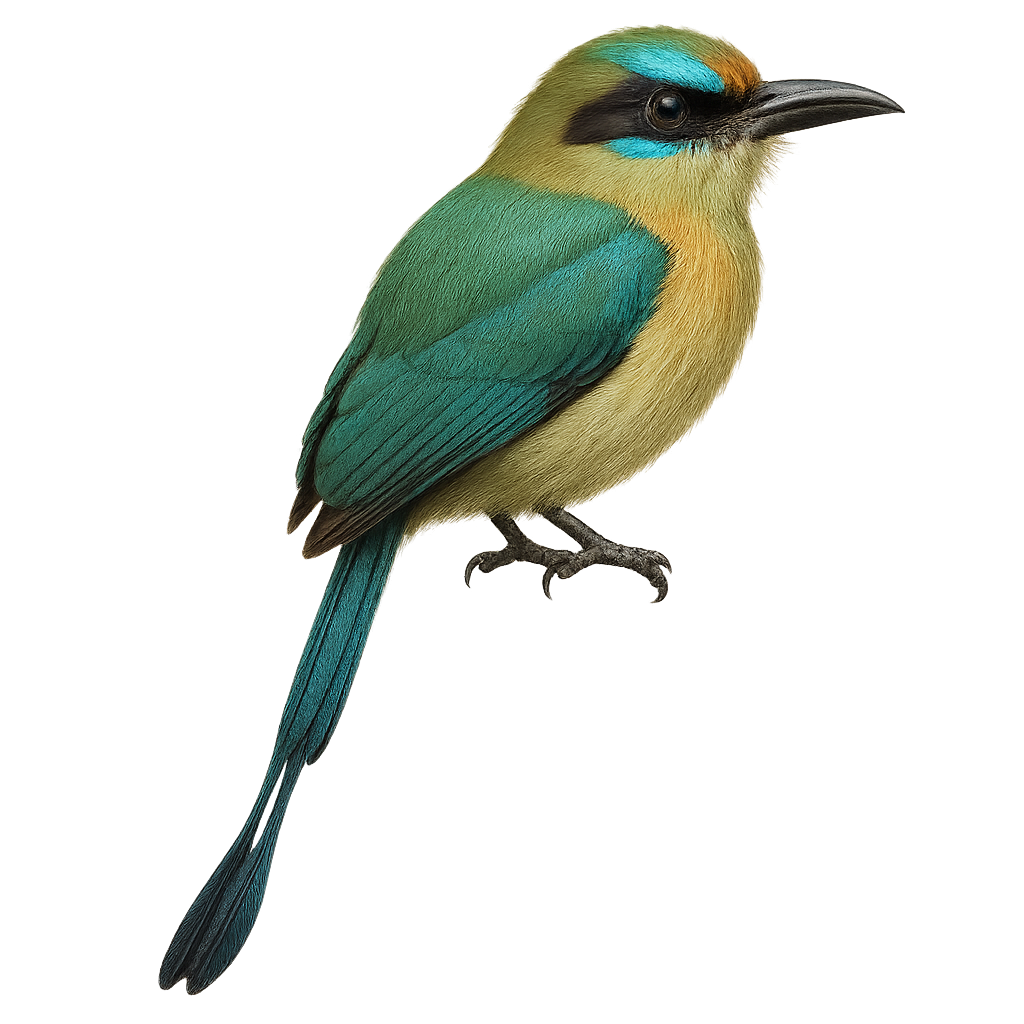Your wildlife photography guide.
Explore the keel-billed motmot in detail, study its behavior, prepare your shots.
Where to observe and photograph the keel-billed motmot in the wild
Learn where and when to spot the keel-billed motmot in the wild, how to identify the species based on distinctive features, and what natural environments it inhabits. The WildlifePhotographer app offers tailored photography tips that reflect the keel-billed motmot’s behavior, helping you capture better wildlife images. Explore the full species profile for key information including description, habitat, active periods, and approach techniques.
Keel-billed Motmot
Scientific name: Electron carinatum

IUCN Status: Near Threatened
Family: MOMOTIDAE
Group: Birds
Sensitivity to human approach: Suspicious
Minimum approach distance: 10 m
Courtship display: April to May
Incubation: 20-22 jours
Hatchings: April to June
Habitat:
tropical forests, dense forests, forest edges
Activity period :
Primarily active during the day, with peak activity in the morning and late afternoon.
Identification and description:
The Keel-billed Motmot, or Electron carinatum, is a fascinating bird native to the tropical forests of Central America. It is distinguished by its vibrant green plumage, shades of blue, and racket-shaped tail. Its beak is robust and slightly curved, ideal for catching insects and small reptiles. This bird prefers dense habitats where it can effectively camouflage itself. The motmot is known for its discreet behavior and ability to remain still for long periods, making it difficult to spot. It plays an essential role in the ecosystem by controlling insect populations and dispersing seeds.
Recommended lens:
400mm – adjust based on distance, desired framing (portrait or habitat), and approach conditions.
Photography tips:
To photograph the Keel-billed Motmot, it is advisable to use a telephoto lens of 400mm or more to capture detailed images without disturbing the bird. Look for areas of dense forest where these birds are likely to perch. Be patient and wait for them to settle on an open branch. The natural light of the morning or afternoon can provide ideal conditions to highlight the vibrant colors of their plumage. Use a tripod to ensure camera stability and avoid blurring.
The WildlifePhotographer App is coming soon!
Be the first to explore the best nature spots, track rutting seasons, log your observations, and observe more wildlife.
Already 1 449 wildlife lovers subscribed worldwide

